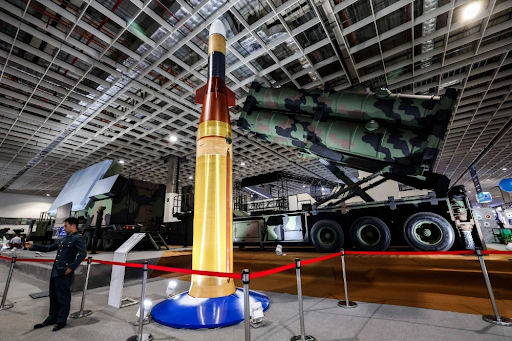





Disclaimer: Copyright infringement is not intended.
Context:
The second Asia Pacific ministerial conference
|
Venue |
●New Delhi |
|
Participants |
●Representatives from 38 countries, including Australia, New Zealand, India, China, Vietnam, Korea, and Japan.
|
|
Goals |
●To improve cooperation and coordination in the region. ●To give the area a vision for the future that both encourages a culture of innovation and stresses how important it is to keep aeroplanes safe. |
|
Organisers |
●Jointly organised by the Indian government and the International Civil Aviation Organization (ICAO). |
|
Foundation |
●The first conference was held in Beijing. ●The meeting’s outcome was the Beijing Declaration of 2018. ●The declaration made it possible for airlines in the Asia-Pacific region to work together more closely. |
|
Potential for aviation in Asia Pacific |
●India is the world's fastest-growing aviation market. ● 33.41% of all global departures happen in the Asia-Pacific region, making it one of the most important places for flying around the world. ●The number of passengers in Aisa-Pacific will rise from 4.5 billion in 2023 to 11.5 billion by 2050. |
Read about ICAO:
Important articles for reference:
Sources:
|
PRACTICE QUESTION Q. Critically analyse the strategic importance and economic potential of aviation in the Asia-Pacific region, with a special emphasis on India as the driver for the growth. (250 words) |







© 2025 iasgyan. All right reserved